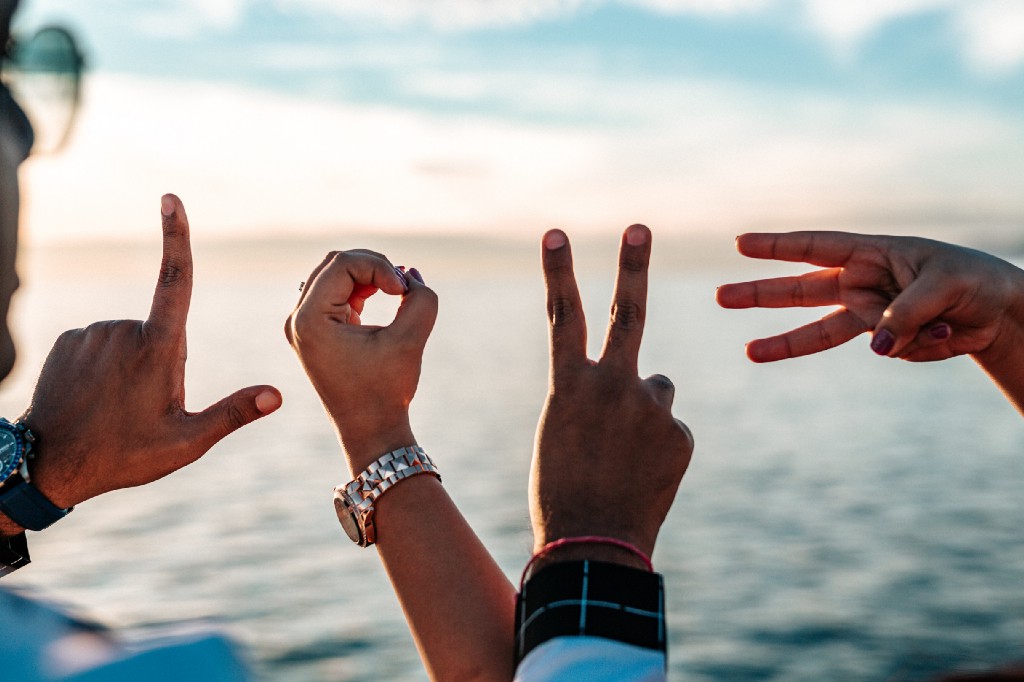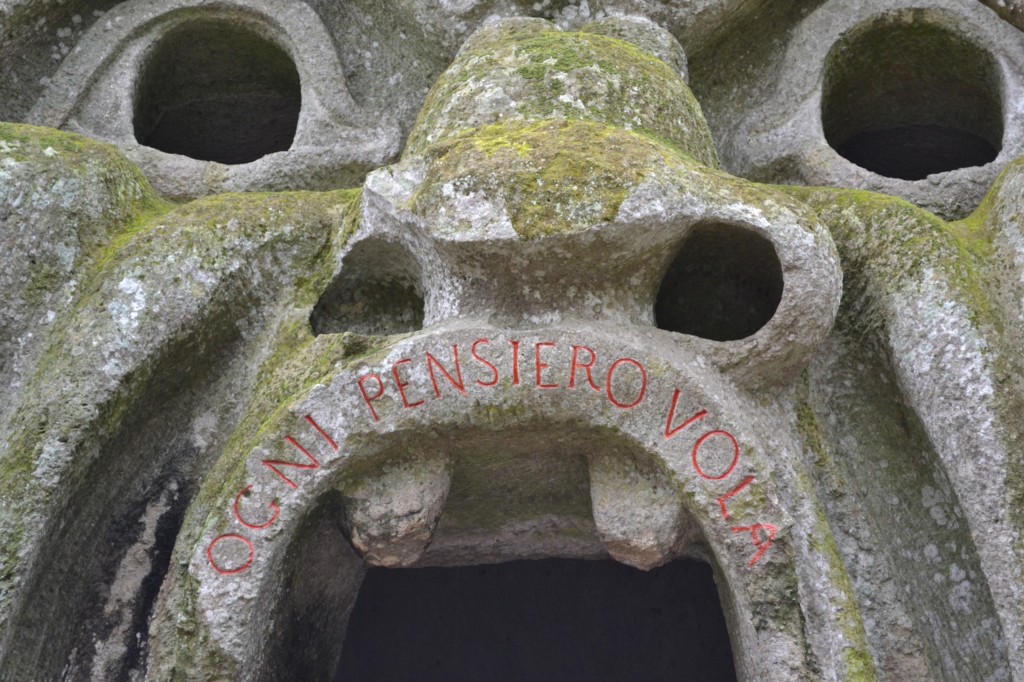Novel Gazing
How Young Adult Literature Taught Me to Love Like a White Girl
I modeled my idea of romance on protagonists who, I realized later, were never quite meant for me

Novel Gazing is Electric Literature’s personal essay series about the way reading shapes our lives. This time, we asked: What’s a book that made you fall in love?
The Prologue
My childhood best friend and I have a habit of approaching moments in our lives like scenes from books or movies (for me, it’s books, for her, movies). We envision soundtracks and meet-cutes and monologues in the rain. Now that I live in New York, every night out in the city holds the potential of a guy and an Infinite Playlist. In case you were wondering, so far I’ve been sorely disappointed.
The Root
We’ll start here. In The Clique by Lisi Harrison, a group of young, affluent white girls rule Westchester, NY with super glossy lips, fresh blowouts, and designer clothes. Led by their ruthless leader, Massie Block, they run the suburbs with unreasonably sassy attitudes and a brand of insults that could only belong to people too rich to care about how ridiculous they sound. They talk high end designers and boys they aim to conquer and it didn’t take long for me to become obsessed. In elementary school, I devoured the first book of the series in one night, curled up on the couch in front of the Christmas tree in my family’s tiny, westside Indianapolis home.
I was far from Westchester then, both physically and otherwise. I had no way of fully conceptualizing the wealth and privilege that made a story like The Clique possible, didn’t have the tools yet to unpack what whiteness and affluence meant for the way those young girls were able to navigate the world. What I knew was that I admired them, envied them even. There was something almost effortless about the way they fell in love. There was an ease with which they were able to move through their entire lives, in fact, that I just couldn’t tap into.
Massie could get a blowout and a new outfit and her world would suddenly right itself. She and her friends could plan a spa day and instantly get over whatever boy they’d made their object of desire the week prior. Summer camp wasn’t just summer camp, it was an opportunity for first loves and secret rendezvous and no camp counselor would ever be the wiser.
I bought into the fantasy. Like millions of other preteen girls all over the world, I began — whether consciously or unconsciously — to shape my understandings of romance and freedom around these images. It was a narrow picture of love and the people worthy of it. I didn’t know then what heteronormativity was, but aside from a handful of David Levithan novels (which often dealt with their own issues of centering cisgender, white narratives), I rarely saw much outside of run-of-the-mill, middle-American, white-bread, straight-to-the-point-of-cringing love stories. Boy meets girl. Girl chases boy. No one ever told me what happens when girl wants girl or girl falls in love with someone who’s neither.
I began — whether consciously or unconsciously — to shape my understandings of romance and freedom around these images.
Heterosexual, upwardly mobile white girls were the yardstick by which I measured myself — which meant I was always going to fall short. Their stories, their widespread representation were some of the most salient of my adolescence. My introduction to the emotional realities of sex was my friends and I — mostly other young women of color — in the back of the 7th grade chorus classroom, passing around a copy of Forever by Judy Blume. We giggled as we pored over the passages, both scandalized and enraptured by the story of the protagonist Katherine’s sexual awakening. None of us had yet been awakened, sexually or in any other capacity to be honest, so we found it groundbreaking in its explicitness. The book was our manifesto, our guide to what it would be like to finally Lose It. We didn’t understand yet, wouldn’t understand for years maybe, that those milestones would be different for us, because everything was different for us.
That story, as ubiquitous as it has become in the decades since it was published, portrayed a very specific experience for a very specific type of girl. A girl I would never be. But she was presented as the “coming of age” benchmark for us all.
And I modelled myself after the girls within those pages for years. They would rotate out often, when I read a new book that commanded my attention for the day or the week, but they all had at least one thing in common. They rarely, if ever, looked like me.
Though I did my best to adopt their characteristics, I never really mastered the art of how to be cute and quirky yet aloof and carefree all at once. And all of the girls, the characters that I grew up revering were the perfect cocktail of all of the above. I was intimately familiar with timidity and shame. I could manage being withdrawn and anxious. But the stuff that made up a storybook romance always eluded me.
I remember asking myself, What’s so different, so wrong about me? What was it about living inside of this body that made it so hard to move through the world as effortlessly as them? That made love and lightness so inaccessible?
We didn’t understand that those milestones would be different for us, because everything was different for us.
The Motto
A friend of mine loves the movie He’s Just Not That Into You. We both did, once upon a time. We could quote it almost verbatim. There’s a monologue in the movie where Justin Long’s character, Alex, finally falls for Ginnifer Goodwin’s unlucky-in-love, Gigi. See, the whole movie he’s been her guide through the minefield of trash situationships. He tells her that girls always want to believe that they’re going to be The One who changes the guy, who makes him follow the straight and narrow path to monogamy, but they’re simply not. These girls are what he calls “the rule” and not “the exception.” After all of that though, she gets the guy and they live headassily ever after, following a scene in which Alex passionately professes (in a whisper, mind you) between kisses, You are my exception.
I was old enough by then to understand that most things in fiction would never come to fruition in my own life. I could recognize that a storybook romance may never manifest itself for me, but I was still bright-eyed enough to hope.
I attributed this, in large part, to the fact that I was — and still am, in many ways — a late bloomer. I was a nerd. And not one of those cool, cynical and abnormally precocious teenage nerds that listens to The Smiths either (here’s looking at you, Sam from The Perks of Being a Wallflower). I was just a regular, awkward, midwestern black geek. Example one: I was the last of my friends to find myself in any semblance of a relationship (which ended with a very dramatic breakup over a basket of rolls at O’Charley’s). Example two: I had what can only be described as a panic attack the first time I ever made out with anyone. When we finally (blessedly) broke apart, I think he mistook my heavy breathing for passion instead of anxiety.
My love life back then was best characterized as a series of false starts. I got really good at ending things, especially things that never quite got off the ground to begin with. I specialized in the lines I picked up from books along the way. The goodbyes. The sign-offs. The I just can’t be what you need me to be for you’s. The thing I never wholly managed to figure out was how to nail down the ending. That ride into the sunset that ends with the guy declaring The Motto —“you are my exception,” or some variation of the same sentiment. Maybe we don’t all get an ending like that, I thought. Maybe girls like me don’t get one.
So perhaps instead of a Gigi, I was simply cut from the same cloth as someone like Remy Starr, the protagonist from This Lullaby by Sarah Dessen. Remy had a history of loving and leaving guys. At the beginning of the novel, her schtick is that she holds men at a distance after watching a lifetime of failed romances. She even sets a limit to how long each of her relationships needed to be. Remy was everything I wanted to grow into: smart, driven, confident. She was everything but black, I figured. The thing I already was. The thing I always would be.
She was everything but black, I figured. The thing I already was. The thing I always would be.
I had been sold a dream that didn’t make room for me or girls like me. And no matter how many times I tried to imagine otherwise, the genre that I loved so much didn’t seem to love me back.
The Reckoning
I once had a close friend who was beautiful. Is beautiful, present tense, though the friendship is past tense now. She was tall and had these perfect white teeth and dark skin and great clothes. But she carried herself, in her body, with the uncertainty of someone who didn’t know these things were true — who was waiting to be told. I watched her wait, as many of us did, for the validation of boys to remind her that she was worthy of attention, of affection. Wait for some variation of the compliment that so often spilled from the mouths of guys she liked and who, maybe, in their own way liked her back: You’re pretty for a black girl.
We didn’t talk about it much, but tried to make sense of it, silently, together. It was the reality that always lingered. In this world, the one we occupied and not the one we so often imagined, our beauty would come with a caveat. We would have to wade through a countless potential partners before we would come to one — if we were lucky — who wanted us not in spite of our blackness, but because of the entire breadth of who we were.
No story had ever warned us about this. None of the girls we had fashioned ourselves after ever heard that particular line. The books that filled the school libraries in our suburban midwestern town hadn’t given me the heads up about what it looks like for young black women in the current landscape, about what my body would represent to my eventual partners and to the world.
The books that filled the school libraries hadn’t given me the heads up about what my body would represent to my eventual partners and to the world.
But still, I wished. I waited. I was well on my way to adulthood by then, but I couldn’t help but hold onto some faith that things were shifting. And they did, they have, bit by bit. Eventually the one or two books about black kids on those shelves became 10, 15. Eventually, those love stories became just a little bit easier to find. Not readily accessible by any means, but easier nonetheless. The authors that my nieces get to grow up admiring write about brands they recognize and listen to the same music as they do. They’re so much closer to the thing that I’d been looking for but rarely found. The things I’m still reckoning with, even now.
I was talking to a close friend recently about this essay. She was excited to hear about it because she has this almost religious belief in the universality of love stories. She believes that’s why we cling to them so hard. She says, They don’t look like us, but they are us. I don’t know how much I believe that, though. I don’t know how to read a story where there’s a kiss in the rain without thinking about what happens to my hair when it gets wet. I don’t know how to visualize a meet-cute at a Brooklyn coffee shop without thinking about gentrification and displaced people of color. I want to still buy into the dream. But I can’t. So I stop just short of reminding her, Just because we love it, doesn’t make it ours.








